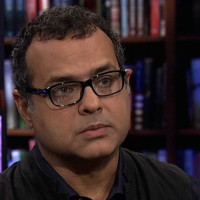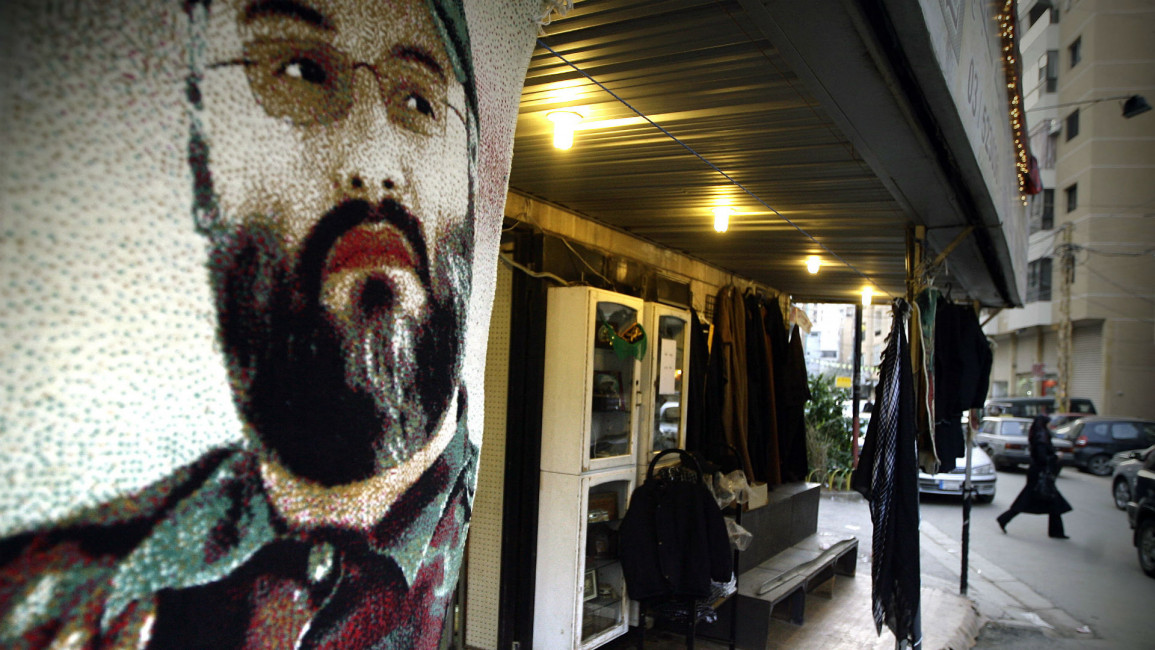
On the conspiracies of car bombs
Several times have I boarded the small buses that run along the roadway from Beirut to Damascus. They are cramped, but cheerful. Some of them are crowded with (largely) Shia Muslim pilgrims who go to Damascus to visit the various shrines, such as the beautiful Sayyidah Zainab mosque, which houses the grave of the daughter of Ali and Fatima.
On the first day of February, one of these buses exploded. Seven people died, others lay injured. A Saudi suicide bomber from Jabhat al-Nusra, Abu al-Azz al-Ansari, detonated his vest. It was ordinary people who died. Ordinary people die in most of these bomb blasts.
| No questions have been raised in the Security Council about the 2008 bombing in Damascus; no questions will be raised anywhere. |
The buses are a haven of ordinariness. They carry poor people from a wide variety of backgrounds. Migrant workers and pilgrims are the normal fare, but there are also increasingly refugees. This bus left the southern Beirut suburb of Dahiyeh, whose population largely supports Hezbollah. The bomber went after them.
Between 2013 and 2014, six bomb attacks struck Dahiyeh over a four-month period. Those bombers came from the Free Syrian Army, Jabhat al-Nusra, the Abdullah Azzam Brigades, the Brigades of Aisha and the Marwan Hadid Brigades. The dead here were also ordinary people: a young woman on the way to school; a shopkeeper on a cigarette break. One attack in late January of last year took two teenagers – Maria Jawhari (age 18) and Ali Bashir (age 19), the former a worker at a shoe store, the latter an engineering student.
A few weeks after the bombings, I went for a walk through the area. The roads where the bombs went off remained dented. The tarmac seemed hastily put on, as if to try and mask the immense terror of the attacks. Shops nearby bustled, but their front windows had been covered with sandbags. Hizballah fighters, who are normally hard to see, stood openly in front of major buildings – such as the Fadlallah Hospital.
Kill by perfidy
A few days before the Damascus bombing, the Washington Post reported on the 2008 assassination of Hizballah’s military chief, Imad Mugniyeh. Not one person I asked about the bombing ever doubted that it was a joint operation of Israel and the United States. That was the general opinion from intelligence officials to ordinary citizens.
Mugniyeh’s picture is on walls across Dahiyeh and in other parts of Lebanon. The Post story has the CIA openly saying that it designed and tested the bomb in North Carolina, than brought it to Damascus, where the CIA pointed him out and Mossad pressed the trigger from Israel. The CIA and Mossad agents involved in the assassination plot admitted to an act of “kill by perfidy,” a violation of the Rome Statute (the basis for the International Criminal Court).
Shortly before this revelation, Israeli aircraft struck a car in Quneitra, Syria. The passengers in the car included an Iranian general Hassan Shateri and Imad Mugniyeh’s son, Jihad (age 20). Israel had struck Hizballah targets inside Syria over the course of the past two years, including a convoy of trucks reportedly carrying rockets. This time, Hizballah struck back, but cautiously. It fired in the Shebaa Farms, Lebanese territory occupied by Israel, killing two soldiers. It did not strike across the UN-monitored Blue Line. Israel retaliated across the Blue Line, killing a Spanish peacekeeper (Lance Corporal Francisco Javier Soria Toledo), near Ghajar – near the Israeli occupied Golan Heights. Hizballah quickly called UN commanders to say that their show of force had ended. No one wants a war at this time on that border. Enough is going on in the region.
| Legacies will be determined by the voiceless. Read more |
At al-Jawwad Restaurant on al-Aarid Street in Haret Hreik, the site of a January 2014 bombing, two older men told me a few weeks after that bombing of a 1985 car bomb in Beirut. This took place in Bir Abed (also the site of a bomb blast in September 2013). In 1985, the CIA and British intelligence (with Saudi funding) planted a bomb to try and assassinate Hizballah’s spiritual leader, Mohammed Fadlallah. The massive bomb killed eighty-three people, mostly civilians. Fadlallah was not among them.
The men at al-Jawwad suspected that every bomb blast had the hand of foreign intelligence – Syrian here, CIA there, Mossad everywhere. It is the conspiracy of the car bomb. It is precisely what produces the siege mentality in places such as Dahiyeh, and allows even those who disagree with Hizballah’s politics to support it.
Standards of judgement
Hizballah is not a faultless victim. It is after all an “army of God”, and it has acts of violence in its own ledger. A feverish investigation into the terrible bombing of a Jewish community center in 1994 that killed eighty-six people, including the suicide bomber, continues. The attack is blamed on Hizballah, which continues to deny responsibility. Nonetheless, the international outrage has been clear, and the mysterious death of one of the investigators (Alberto Nisman) in mid-January of this year, has led once more to allegations about a Hizballah-Iranian plot.
Did Hizballah conduct the 1994 bombing on behalf of Iran? The evidence is what it is, but what there is remain allegations. There has been no indictment beyond a very long document prepared by Nisman that points a finger at Mohsen Rabbani, the former Iranian cultural attaché in Argentina. Evidence against Rabbani spurred an Interpol Red Notice, a warrant for extradition. A Red Notice, however, is not proof of guilt.
Hizballah is not innocent of violence. It has its own history. The point is not Hizballah’s acts, but the standard of judgement. International condemnation of Hizballah acts is easily heard. But silence greets the open declaration of violence by the United States and Israel against the Shia movement. This suggests that – in the eyes of “international opinion” – bombs by the United States and Israel are legitimate. They have a right to kill by perfidy, a right not shared with their opponents. No questions have been raised in the Security Council about the 2008 bombing in Damascus; no questions will be raised anywhere about that violence.
In February of last year, in Shoueifat, south of Beirut, a young man boarded a van. He wanted to go to Bir Hasan. The bus driver, Hussein Deeb Msheik (age 22), found his new passenger highly suspicious. He asked, “Why are you so bloated?” This jolted the man. He detonated his suicide vest. Only he died. The brave driver survived, as did all the other passengers. Jabhat al-Nusra claimed the bombing.
**
I asked a police officer if there was a depot somewhere of cars destroyed in these attacks. He said to me that such a depot could not exist. In Lebanon, he said, these bombed cars are scavenged for parts or even repaired. “Tomorrow,” he said, “is another day.”
Opinions expressed in this article are those of the author and do not necessarily reflect those of al-Araby al-Jadeed, its editorial board or staff.




